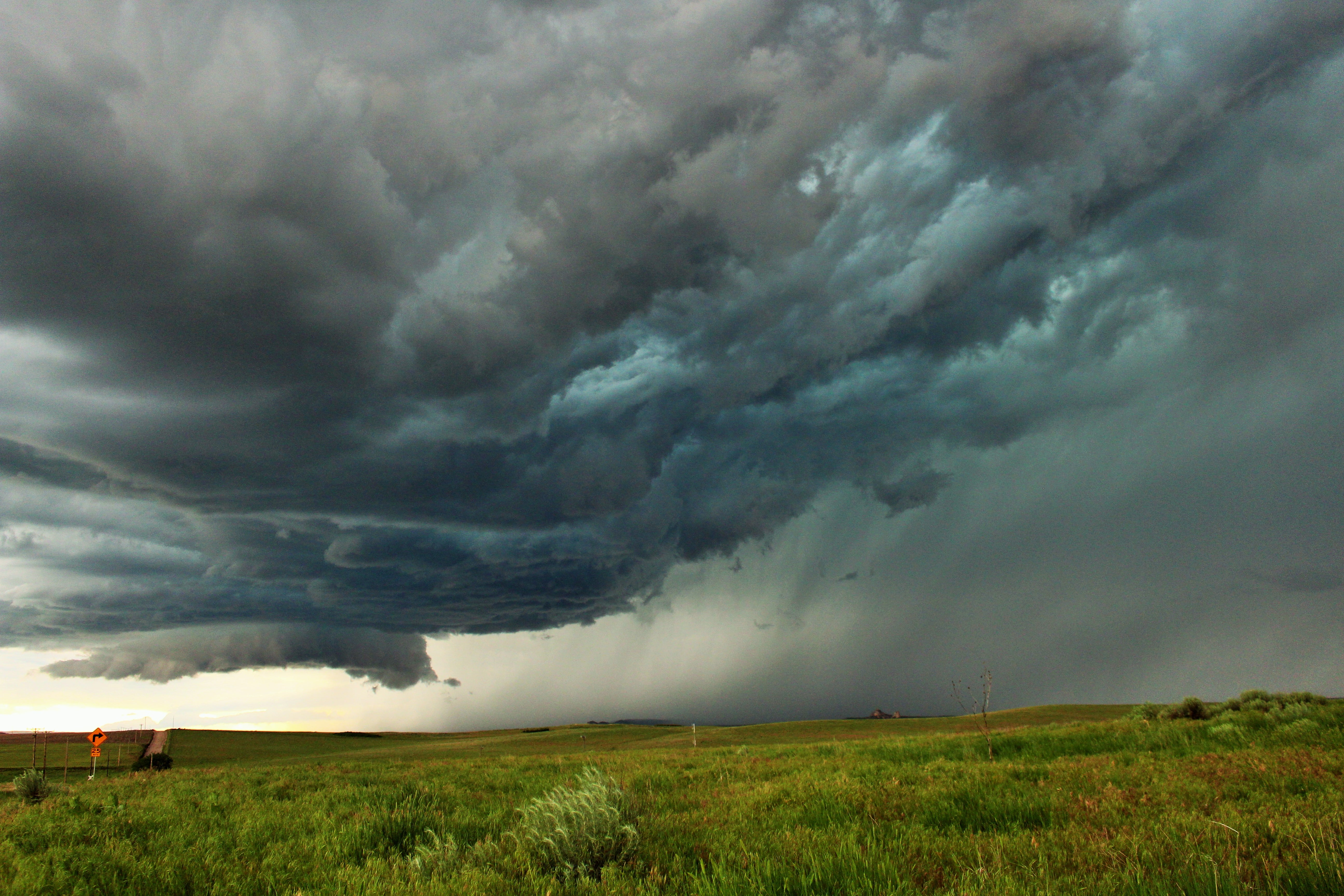Hail and high wind storms - what does insurance cover?

May 8, 2019. Because of its unique geography and weather patterns, Alberta has more hail storms than any other part of Canada. The area that begins south of Calgary and goes through central and northern Alberta is knowns as Hailstorm Alley due to how much hail damage occurs there.
What are hail and high wind storms?
High wind storms
High wind storms can cause property damage and unsafe conditions for driving and being outside. According to the Department of Public Safety and Emergency Preparedness, when the wind is blowing steadily at 60-65 km/h or gusts of wind reach 90 km/h, a wind warning will be issued.
Hail storms
Hailstorms are most common in Alberta, the southern prairies, southern Ontario and occur mostly from May to October. Hail is usually pea-size but can be as large as a grapefruit. It is caused when water droplets are forced up and down by gusts of wind through clouds that are at below freezing temperatures. Eventually, enough layers of ice form on the water drops to create hail.
What kind of hail or wind storm damage does home insurance cover?
Home insurance covers hail and wind damage to the outside of your home. This includes siding, windows, and the roof.
Siding and windows
Siding and windows are generally covered at replacement cost, which means that you would be reimbursed for the cost of replacing them if they were damaged.
Roof
There may be out-of-pocket expenses for damage to a roof in the form of a deductible or depreciation.
What is not covered by home insurance?
Some types of damage are not covered by home insurance.
Water damage
Water from a storm can cause sewer backups, which are not covered unless you have additional insurance.
Living expenses
If you must move out of your house for some time, living expenses will not be covered.
Are there differences between insurance policies?
Different insurance companies offer different policies. Make sure you understand how your policy works and know whether there is a deductible.
- Home insurance generally covers roof damage from unpredictable causes like fire, storms, and sometimes natural disasters.
- Some policies only cover damage to a roof up to a certain amount.
- Some insurers cover roofs in full if they are newer than 10 years.
- If a roof is older than 10 years, depreciation could be taken into account. The age of the roof or home, its location, and the material the roof was constructed with may be considered when determining depreciation. This is because weather conditions, such as hail and chinooks, in southern and central Alberta cause roofs to deteriorate faster than in other areas of Canada.
- The same rules that apply to the roof of a house usually apply to anything that is attached to it, like the siding and gutters.
What about car insurance?
What your car insurance will cover depends on the type of insurance you have.
Comprehensive coverage
Comprehensive insurance covers damage caused by hail and high wind storms but there is a deductible. If the cost of repairs is higher than the value of the car, it may be written off and you will be compensated for its actual cash value, or what the car is worth now.
Basic liability coverage
If you have basic liability coverage, your vehicle is not covered for any kind of damage, including hail or storms.
What to do if there is a hail storm
- Bring animals to shelter.
- Secure outdoor furniture.
- Put your car in the garage.
- Get inside.
- Stay away from windows and skylights.
- If there is thunder, stay away from phones (land lines), appliances, sinks, and bathtubs because they conduct electricity.
- If you are in your car, get away from trees and power lines and try to find shelter in an underpass.
- Identify damage to your home.
- Take pictures.
- Contact your insurer.
- Keep receipts from cleanup and repairs.
When filing a claim
- Identify damage to your home.
- Take pictures.
- Contact your insurer.
- Keep receipts from cleanup and repairs.



.jpg?300x300)